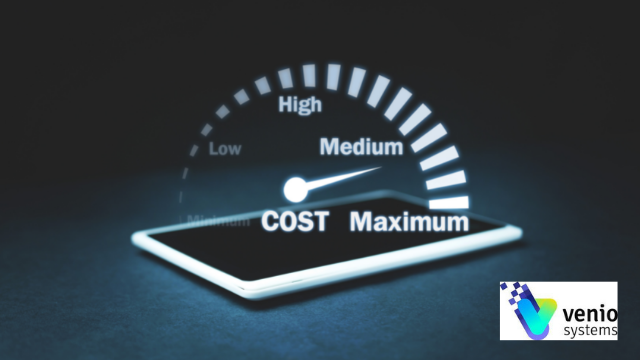
eDiscovery costs are often a significant category for in-house legal departments. While caseloads are going up, budgets are going down. A recent survey revealed that 88% of general counsel are downsizing their expenditures while increasing workloads.
Automation isn’t a shortcut on quality. Rather it offers predictable quality and outcomes every time, no matter who performs the task.
Team Venio
To play within those new cost structures, corporations must find strategic ways to control spending on eDiscovery.
What Is Driving High Costs in eDiscovery?
The most significant cost driver in eDiscovery is the review process. Review accounted for 67% of all costs in 2021, based on market modeling. Processing was 19%, and collection was 14%.
With review being the bulk of expenses, you’ll want to strategize on lowering this cost. Review should include technology tools with AI-powered review capabilities that can reduce the amount of data requiring review. Beyond these foundational costs, there are others specific to corporations, in particular those related to handling corporate and legal governance.
How Can You Control Costs During eDiscovery?
1. Understand the Scope of Your Data.
The volume of data for cases continues to skyrocket. With so many ways to generate data in lots of channels, simply capturing all of it and processing is a substantial task. The amount of data and types also are cost drivers.
Assessing data scope can be valuable in cost reduction. To do this, take these steps:
- Determine the types of data you process the most and what challenges arise because of things like unstructured data.
- Discern how data volume, collection, processing, storage, and so forth impacts costs.
- Identify how eDiscovery software can help you make a plan for your data.
2. Automate Key Steps of Your Workflow.
Automation is a critical functionality if you want to reduce expenses around any data processing and analysis. Automation isn’t a shortcut on quality. Rather it offers predictable quality and outcomes every time, no matter who performs the task.
Automation of workflows saves time and money. You can remove manual work from the process by applying it to electronically stored information (ESI) collection, organization, and review. Your efforts to ready eDiscovery materials will be significantly less, and your people can be productive in areas where human intervention is necessary. In many cases, this can result in 10 times greater productivity.
What can you automate with eDiscovery software? The most critical automation capabilities that will make a difference are those eliminating the most tedious tasks. That category includes:
- New case creation
- Tag and coding setup
- Review set generation
- Imports, exports, and production
Automation of workflows is customizable, as well. For example, you can start with templates for various workflows, and by doing so, you will create consistent and efficient processes.
3. Lower Review Costs With AI-Powered Assisted Review.
The cost reduction strategies above — data scope and automation — involve reducing the amount of data in the review stage. However, it’s still going to be extensive.
Augmenting human review with AI-assisted review is a cost-effective alternative. It enables auto-collection and logical tagging for tiered reviews. The tool can also provide native redaction, email thread review, and mobile data visualization. On average, with technology-assisted review (TAR) and computer aided learning (CAL), the volume of data for review can decrease by 90%!
4. Leverage Cloud-Based Resources.
By using a cloud-based eDiscovery platform, you’ll save significantly compared to on-premises options.
With on-premises solutions, your software is a capital expense due to the physical equipment and servers needed to run it. It’s also an operating expense with the actual cost of the software license. Furthermore, you’ll be paying for space to house the machines and higher energy costs to keep them cool.
Cloud-based solutions are an operating expense only. You only pay to use the system, because you’re not physically hosting anything. This also means your users can access the system securely from anywhere, eliminating costs associated with requiring your team to be solely in one specific location.

